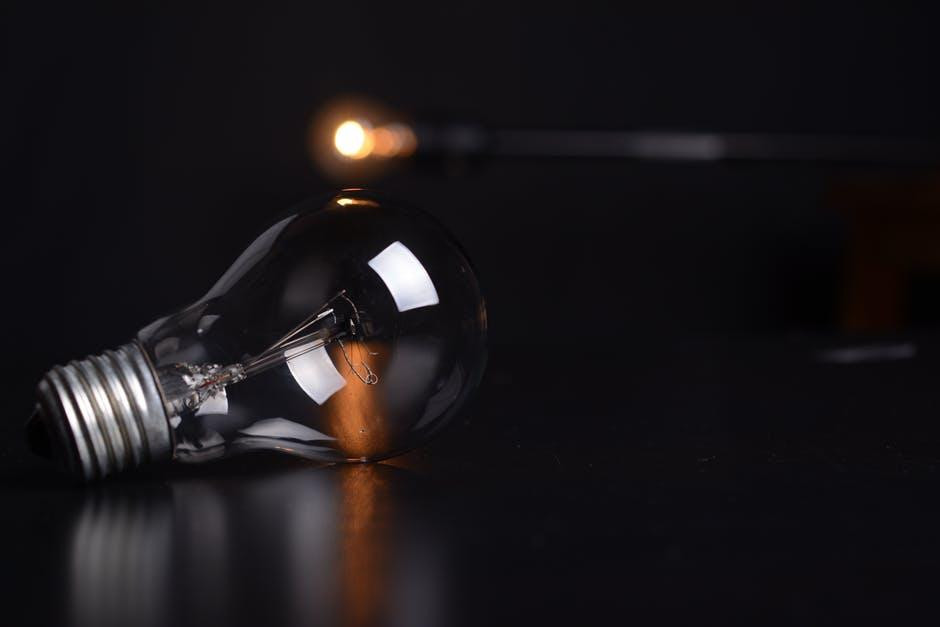Museum Lighting is an Art in Itself: 4 Reasons Why Picture Lights are Aesthetically Important
Museum Lighting is an Art in Itself: 4 Reasons Why Picture Lights are Aesthetically Important
Whether walking through a museum or just looking at an art piece hanging on the wall of a home, everyone knows that art tells a story. The colors, the theme, and the subjects presented are all vital parts of the artwork along with the frame that surrounds it. However, many don’t stop to think about the impact a piece of art’s picture light has on the rest of the work.
Perhaps you’re deciding on opting for a picture light for your own artwork at home. If so, you’ve come to the right place.
Let’s discuss why picture lights are an important artistic component:
1. Picture lights can accentuate the details in a painting.
Having a picture light fixture can ensure a painting’s finest features, such as its spectral highlights or faint brushstrokes, are emphasized. After all, art isn’t just made, it’s presented, and properly presenting art is work on its own.
The fact that the right picture light can bring out details in a painting that it may or may not otherwise be able to present in a poorly-lit room makes picture lights an integral component in displaying your favorite works of art.
In fact, picture lights are mainly opted for not just because they help draw eyes to the work of art, but most importantly, because they can bring out the best in a painting and show not just what the work has but how it was composed. Brushstrokes, tiny speckles, sheer colors, and thin lines in a work of art – while simple – can give viewers more information about a work and its artist that may sometimes only be adequately seen thanks to extra lighting. Even the tiniest flaws of an artwork can be better displayed when illuminated via a picture light; these fixtures don’t sugarcoat, and that’s the beauty of art.
2. Fixtures can play with the colors in a painting.
For one, the illumination provided by artwork lights alone can make or break the colors of a painting. If lighting is too warm or too cold based on the spectrum of light it projects, this can distort or change the paints provided in a work of art while shining on it. Picking the right light color is essential for this reason. Lighting should bring out the colors in a work of art, not downplay their beauty. Just as color is an important component in composing a work of art, it is equally as important in choosing the right light.
Important to note is that lighting can literally distort or fade the colors of a work of art if the light bulb used generates high levels of UV or infrared rays. These rays can dull the once-vibrant colors of a piece of art over time, especially if made with a delicate medium such as watercolor. Even for mediums that can better withstand damaging rays and heat, if the appropriate protection is not provided, they too can suffer irreversible damage. To prevent this, consider the following:
- Pick a bulb that generates low heat and low UV/infrared rays.
- Opt for UV protection sprays.
- Replace the glass in your painting’s frame with conservation glass or UV acrylic.
Aside from the illumination picture lights offer, the color of a picture light fixture alone can help emphasize a certain color in a work of art. Consider a painting composed of mostly black with a hint of red. Opting for a red-colored fixture can give a kick to the red in your painting, making it better act as a focal color. Choosing a different colored picture light can make the eyes focus on something else in the painting. A good artist knows that color can be viewed from different perspectives. This is one way optical illusions work. It is simple to play with the eyes in a painting just with the color of a picture light, especially if you have an idea of what you’d like to emphasize.
3. The right light can make an artwork the key feature of a room.
As expected, a picture light can draw eyes toward a work of art in the room. By illuminating a painting, it literally makes it glow and suggests, “Hey, look at me!” To many, a light fixture isn’t there just to provide brightness but also to make a statement and enhance the artwork's intent.
Additionally, having the correct picture light installed – with the right fixture color, style, size, and so on – can draw more eyes to the light itself, and thus, to the piece of art it is proudly enhancing.
Because picture lights are offered in hundreds of shapes, widths and heights, and finishes, it is possible to pick the wrong one. Picking a fixture that doesn’t flow with your piece will either draw eyes away from your art piece or draw eyes closer for the wrong reasons (hint: because it looks bad).
4. Lights for artwork provide expression.
We know artwork can express emotions, thoughts, feelings, or an opinion. Art can even recreate an event, suggest something, persuade, or inform. Light fixtures, then, can add an additional level of expression for artwork.
At first thought, light suggests energy, joy, and positivity. To light up a work of art with a picture light gives those essentials. Even the spectrum of lighting used can offer a different perspective when viewing a piece of art. Cooler lighting can either provoke coldness, calmness, uncertainty, or even sadness while warmer lighting can offer warmth, excitement, life, and happiness to those viewing the work.
Even the brightness or dimness of the light can alter expression. Lighting on the dull side can promote mysterious, dramatic, or intimidating feelings. On the flip side, brighter lighting can communicate wakefulness.
As a final note, the color and style of fixture you opt for can also enhance artistic expression. For example, a fixture composed with an antique finish can provide an old-fashioned feel at first glance. Such a fixture could also say something about the painting it’s featuring. Using a traditional-styled fixture can propose that a work of art is old, is a classic, or even dingy. A modern light can indicate that an artwork is sleek, refined, or up-to-date.
Conclusion
As many are aware, light is an important component in art. This typically refers to the colors provided in a painting or other works that create fabricated illumination or highlights. However, actual light provided by picture lights is just as potent of an artistic component that shouldn’t be overlooked.
Picture lights are an art in that they pertain to the details, color, focus, and expression of a work of art, let alone as a fixture. The right light not only draws attention to an artwork but also to the light itself. Like artwork, picture lights have a style, color, shape, and other components that make it complementary to visual art. Both lighting and art should be intermingled to best present a piece.
Need help finding that perfect picture light or lamp? Cocoweb.com has a substantial collection of fixtures that will fit the modern or traditional style you’re looking for. Find several sizes, virtually any color, and different styles and types to suit your taste. If you need it to properly light your artwork, Cocoweb has it.
Recent Posts
-
Top 5 Mistakes to Avoid When Buying Home Lighting
Lighting plays a crucial role in shaping the ambiance, functionality, and aesthetic appeal of your h …26th Jun 2025 -
Why Lighting Is the Most Underrated Design Element in a Room
Walk into a well-designed space, and you might first notice the color of the walls, the statement fu …13th May 2025 -
How to Choose the Perfect Painting for Your Home or Office
When it comes to decorating your space, choosing the perfect painting can be a game-changer. A well- …7th Feb 2025




